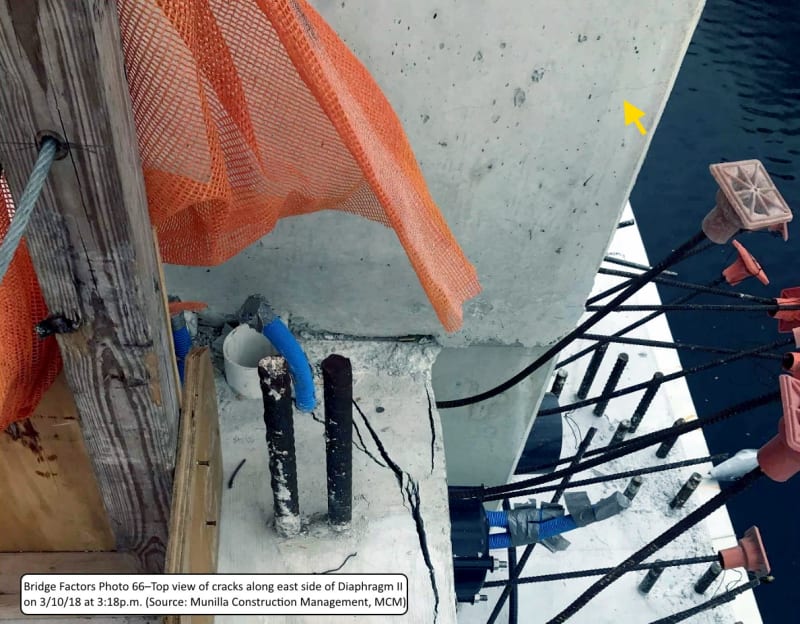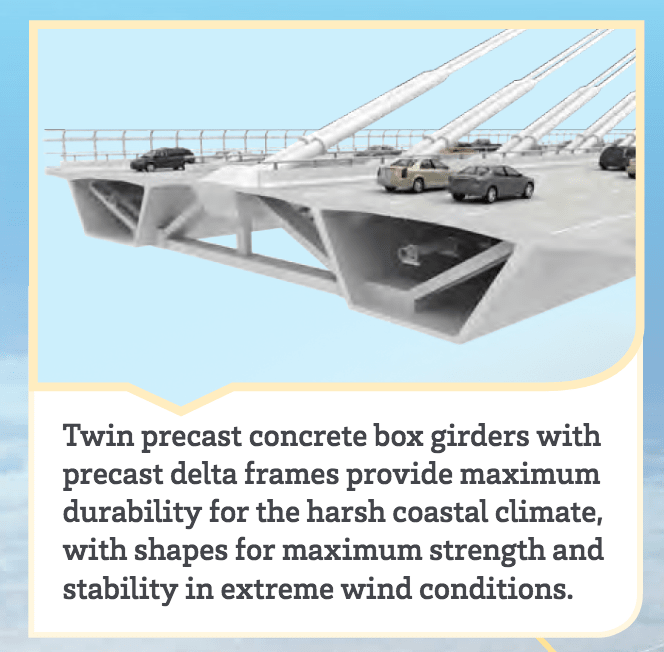I watched the NTSB Hearing last weekend. It is unfortunate that they did not make a more deliberate effort to distinguish between FDOT & the FDOT LAP in their comments. The FDOT LAP is an out sourced Contracted Service, which in many respects is established under FHWA guidelines. While it can be stated that FIGG failed at all levels of their staffing, I think it can also be said that the LAP Contractor, BPA & MCM all failed to exploit the depth of their staffing, as presented, when they prequalified for the project.
Just as an example, when during the meeting on March 10, 2018, the day of the collapse, FIU ask BPAs opinion of FIGG's analysis, they deferred to their in-house superiors (Jake Perez and Luis M. Vargas) and requested time to give a response. One wonders why Jake Perez and Luis M. Vargas, were not, already involved and at the meeting. Luis M. Vargas' CV on his
BPA Profile certainly establishes him as an engineer familiar in dealing with concrete failure. If BPA had brought the full measure of talent that they had claimed would be supplied to the project, when conditions in the field degraded, perhaps tragedy could have been averted.
I also think the NTSB spared FIGG the coup de grâce. The NTSB puts little emphasis on the cracking that was photographed between 3:16pm & 3:18pm on March 10, 2018, 2-1/2 hrs after the transports were removed and 1 hour before the PT rods were detensioned. There was already a visible crack in member 12, longitudinal cracking in #11 and the spalling on the deck at the edge of the diaphragm was great enough to have been accompanied by cracking on the north face of the diaphragm. The bridge was most likely already damaged beyond repair. There was only one opportunity, to attempt to repair the concrete and that was while it was still on the SuperShores in the casting yard.
Emails between Figg & MCM regarding when the detensioning took place and if the photos taken between 3:16pm & 3:18pm, were before detensioning, establish that FIGG knew the new cracking had begun before detensioning.
When Louis Berger's, Dr. Shama, first modeled the complete bridge, he did so with the PT bars in #2 & #11 fully tensioned. He found the compressive forces in #2 & #11 far too high. FIGG assured Dr. Shama that #2 & #11 would be detensioned immediately after the bridge was set. It may be that the FIGG employee that Dr. Shama worked with, was one of the FIGG staff on vacation at the time of the collapse and Dr. Shama's concerns not known to others at FIGG. It seems, detensioning possibly slowed the the failure of #11 by reducing the compressive force in #11 and the decision to retension precipitated the collapse.


